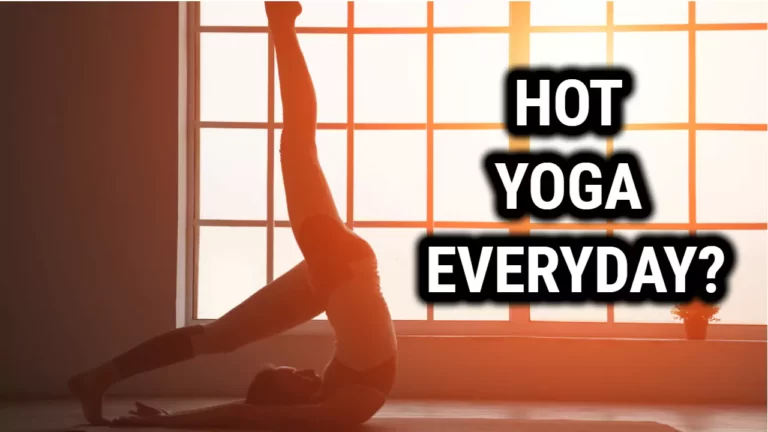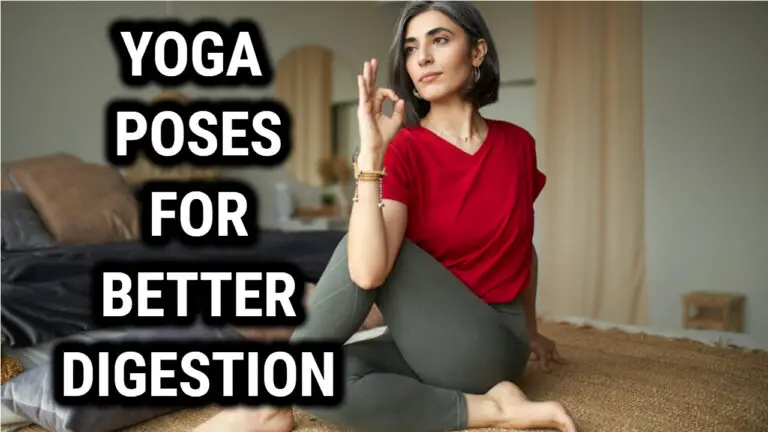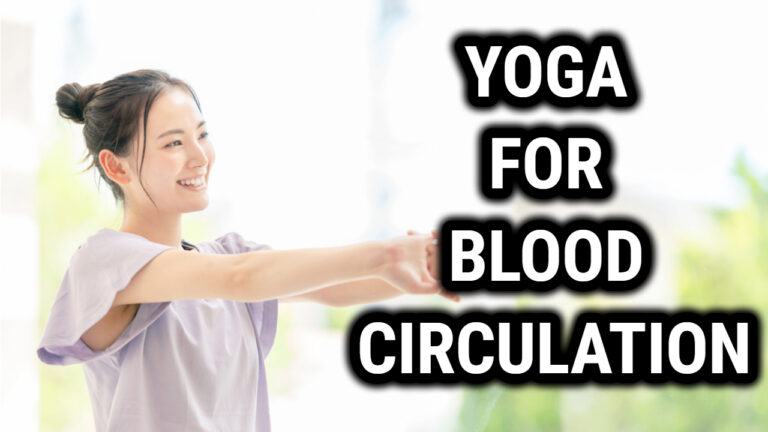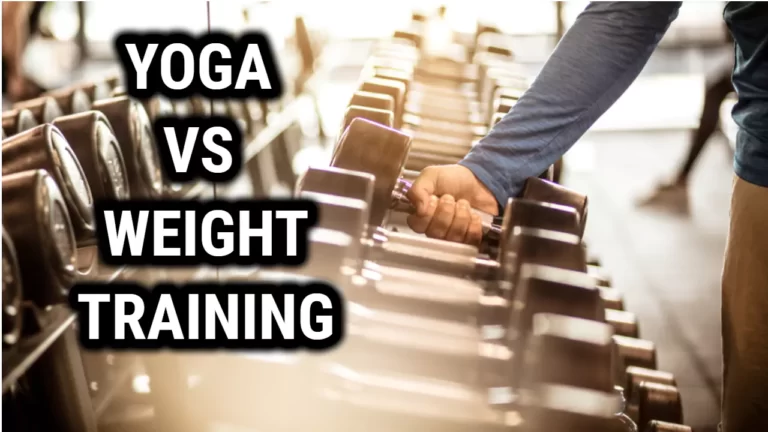8 Yoga Poses Beneficial For Upper Body Strength
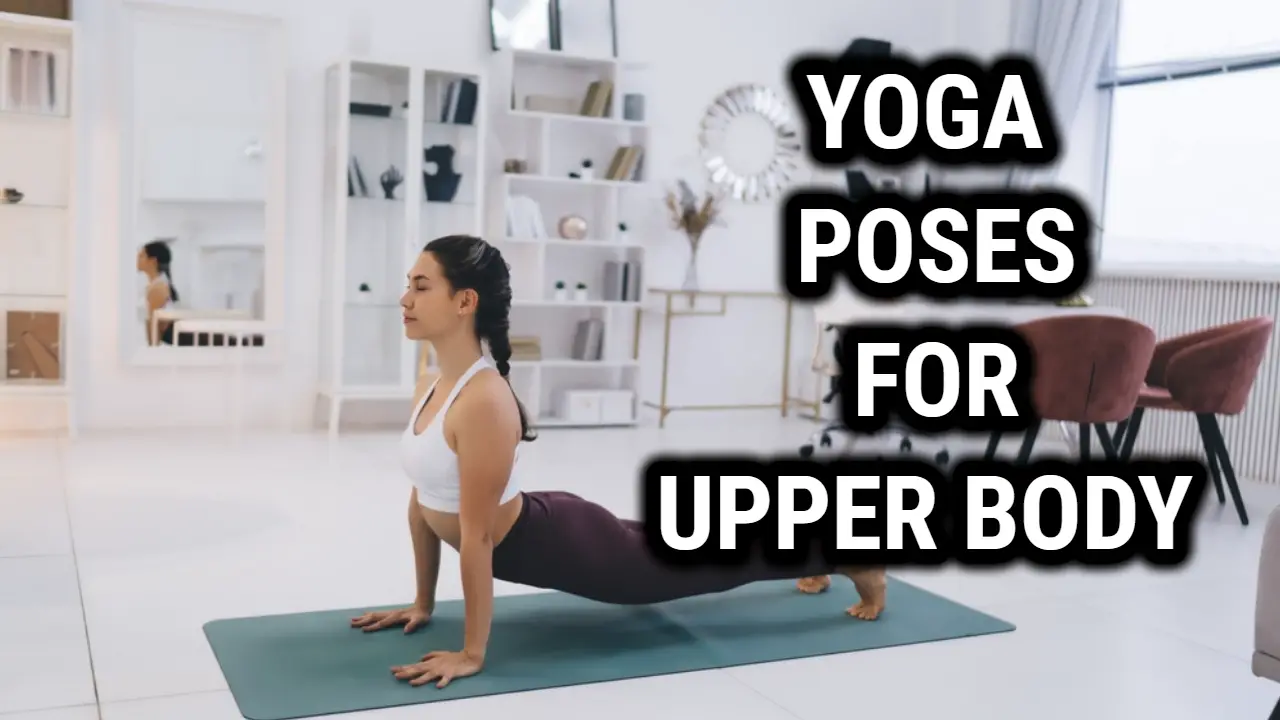
Yoga is known for its many benefits, such as improved flexibility, stress reduction, and increased mindfulness. However, it can also be an effective way to build upper body strength and muscular endurance. Here, we will outline a yoga workout specifically designed to target the upper body muscles and provide step-by-step instructions for performing each pose.
Overview of Yoga’s Benefits for Strength and Muscular Endurance
Yoga is an excellent way to build strength and muscular endurance, particularly in the upper body. Holding yoga poses for an extended period of time requires you to engage and activate various muscles in your body, resulting in an increase in overall strength. Yoga promotes balanced muscular development, helping to prevent muscle imbalances that can lead to injury.
Yoga is also a low-impact form of exercise, which makes it a great option for those who may have joint pain or other limitations that prevent them from participating in high-impact activities. Plus, practicing yoga can improve your body awareness and help you tune into the signals your body is sending, which can help you avoid overtraining and burnout.
How to Do This Yoga Workout
Before starting this yoga workout, it’s essential to warm up properly to prevent injury. You can warm up by doing some light cardio, such as jogging in place or jumping jacks. You can also do some dynamic stretches, such as arm circles, shoulder shrugs, and side bends.
It’s also crucial to focus on your breath during this workout. Slow, steady breathing will help you maintain your form and allow you to hold each pose for longer. Try to inhale through your nose and exhale through your mouth.
To increase the difficulty of this workout, you can hold each pose for a longer period of time or repeat the sequence multiple times. You can also add additional challenges, such as incorporating yoga blocks or adding variations of each pose.
Yoga For Upper Body Strength
1. Downward Dog
Downward Dog is a foundational yoga pose that primarily targets the upper body and core muscles. It strengthens the shoulders, arms, and upper back, while also stretching the hamstrings and calves.
Instructions for performing pose:
- Begin on your hands and knees, with your wrists directly under your shoulders and your knees under your hips.
- Spread your fingers wide and press your palms into the mat.
- Lift your hips up and back, straightening your arms and legs, and come into an inverted V-shape.
- Press your heels down toward the mat and lengthen through your spine.
- Hold for 5-10 breaths, then release.
2. Plank
Plank is a challenging pose that benefits the entire body, with a particular emphasis on the upper body and core muscles. It strengthens the shoulders, arms, and abdominal muscles, while also engaging the glutes and legs.
Instructions for performing pose:
- Begin in a push-up position, with your arms straight and your wrists directly under your shoulders.
- Engage your core and hold your body in a straight line from your head to your heels.
- Press your palms into the mat and spread your fingers wide.
- Hold for 5-10 breaths, then release.
3. Chaturanga
Chaturanga is a challenging pose that primarily helps the arms, shoulders, and core muscles. It is often used as a transition pose between Plank and Upward Dog.
Instructions for performing pose:
- Begin in a push-up position, with your arms straight and your wrists directly under your shoulders.
- Slowly lower your body down toward the mat, keeping your elbows close to your sides.
- Stop when your elbows are at a 90-degree angle, and hold for a moment.
- Press back up to Plank or move into Upward Dog.
- Hold for 5-10 breaths, then release.
4. Upward Dog
Upward Dog is a pose that targets the upper body, particularly the chest, shoulders, and triceps. It also stretches the abdominal muscles and hip flexors.
Instructions for performing pose:
- Begin lying face down on the mat, with your palms flat on the mat beside your ribs.
- Press into your palms and lift your chest up off the mat, keeping your shoulders down and back.
- Straighten your arms and lift your thighs and knees off the mat.
- Engage your core and press the tops of your feet into the mat.
- Hold for 5-10 breaths, then release.
5. Side Plank
Side Plank is a challenging pose that primarily aids the shoulders, arms, and oblique muscles. It also engages the glutes and legs.
Instructions for performing pose:
- Begin in a Plank position.
- Shift your weight onto your left hand and roll onto the outer edge of your left foot.
- Raise your right arm straight up toward the ceiling.
- Stack your right foot on top of your left foot.
- Hold for 5-10 breaths, then switch sides.
6. Dolphin Pose
Dolphin Pose is a pose that targets the upper body, particularly the shoulders and triceps. It also stretches the hamstrings and calves.
Instructions for performing pose:
- Begin on your hands and knees, with your wrists directly under your shoulders and your knees under your hips.
- Lower your forearms to the mat, with your elbows directly under your shoulders.
- Press your palms and forearms into the mat and lift your hips up and back, coming into an inverted V-shape.
- Press your heels down toward the mat and lengthen through your spine.
- Hold for 5-10 breaths, then release.
7. Crow Pose
Crow Pose is an advanced arm balance that primarily targets the arms, shoulders, and core muscles. It also engages the hip flexors and inner thighs.
Instructions for performing pose:
- Begin in a squatting position with your feet hip-width apart.
- Place your palms flat on the mat in front of you, shoulder-width apart.
- Lift your hips up and balance on the balls of your feet.
- Bend your elbows and lean forward, placing your knees on the back of your upper arms.
- Engage your core and lift your feet off the mat, coming into a balancing position.
- Hold for 5-10 breaths, then release.
8. Wheel Pose
Wheel Pose is an advanced backbend that helps the upper body, particularly the arms, shoulders, and upper back. It also engages the glutes and legs.
Instructions for performing pose:
- Begin lying on your back with your knees bent and your feet flat on the mat.
- Place your palms flat on the mat beside your ears, with your fingers pointing toward your shoulders.
- Press into your palms and lift your hips up toward the ceiling.
- Straighten your arms and lift your head and shoulders off the mat.
- Engage your core and press the tops of your feet into the mat.
- Hold for 5-10 breaths, then release.
Importance of Incorporating Yoga into Fitness Routine
Incorporating yoga into your fitness routine can have numerous benefits, including increased strength, flexibility, balance, and mindfulness. While yoga may not be a traditional form of strength training, many yoga poses require significant upper body strength and can be used to build muscular endurance.
Yoga is also a low-impact form of exercise that can be practiced by individuals of all fitness levels. It can be a great complement to other forms of exercise, such as weightlifting or running, helping to improve range of motion, reduce the risk of injury, and aid in recovery.
Practicing yoga can improve mental health by reducing stress and anxiety, promoting relaxation, and increasing self-awareness. Many people find that incorporating yoga into their fitness routine helps to create a more well-rounded and holistic approach to health and wellness.
Suggestions for Next Steps
If you are interested in incorporating yoga into your fitness routine to improve upper body strength, consider starting with some of the poses listed above, such as Downward Dog, Plank, and Side Plank. These poses can be modified to suit different fitness levels and can be practiced in the comfort of your own home or in a yoga studio.
If you are new to yoga, consider taking a beginner’s class or working with a certified yoga instructor to ensure proper form and alignment. As you become more comfortable with the poses, you can increase the difficulty by holding them for longer periods of time or by adding additional poses to your practice.
Yoga is a practice of self-awareness and self-care, and it is important to honor your body’s needs and limitations.
FAQ’s
- Is yoga a good way to build upper body strength? Yes, many yoga poses require significant upper body strength and can be used to build muscular endurance.
- Do I need to be flexible to do yoga? No, yoga can be practiced by individuals of all fitness levels and flexibility levels. Many poses can be modified to suit different abilities.
- Can yoga help reduce stress and anxiety? Yes, practicing yoga can promote relaxation and reduce stress and anxiety levels.
- Do I need to go to a yoga studio to practice yoga? No, yoga can be practiced in the comfort of your own home using online resources or yoga DVDs. However, working with a certified yoga instructor can be helpful in ensuring proper form and alignment.
- How often should I practice yoga? The frequency of yoga practice will vary depending on individual goals and schedules. Starting with 1-2 times per week and gradually increasing frequency can be a good way to incorporate yoga into your routine.
Final Thoughts
Yoga is a versatile and beneficial form of exercise that can improve upper body strength and overall health and wellness. By incorporating yoga into your fitness routine, you can increase muscular endurance, reduce stress and anxiety, and create a more well-rounded and holistic approach to health and wellness.
Start by practicing some of the poses listed above and remember to listen to your body and honor your limitations. With consistent practice, you may find that yoga becomes an integral part of your fitness routine and overall lifestyle.

